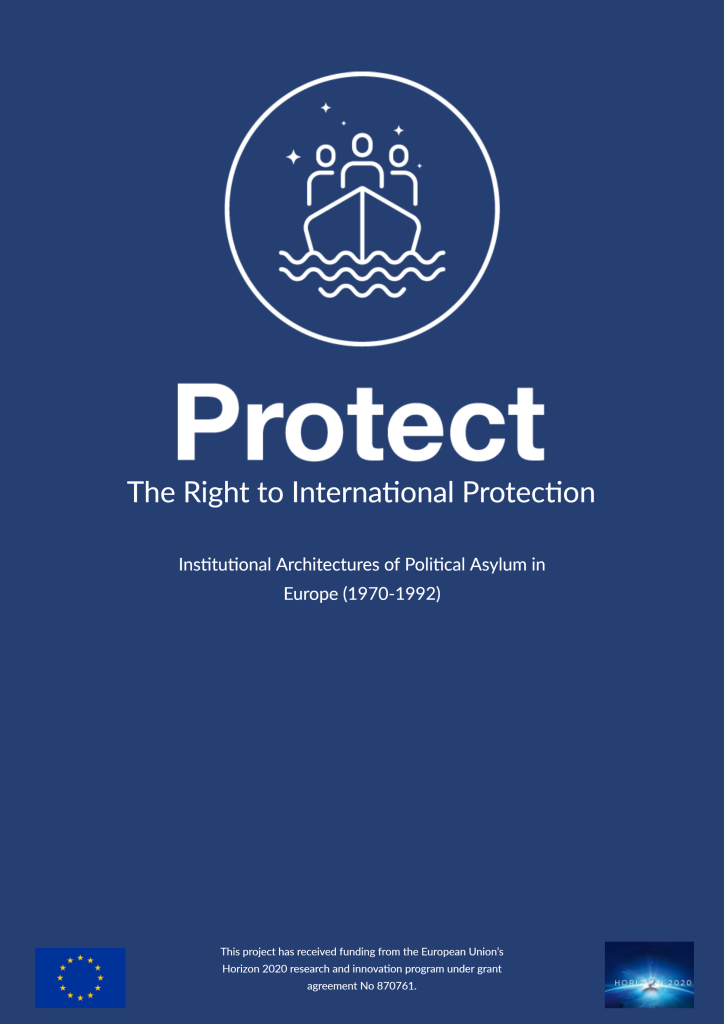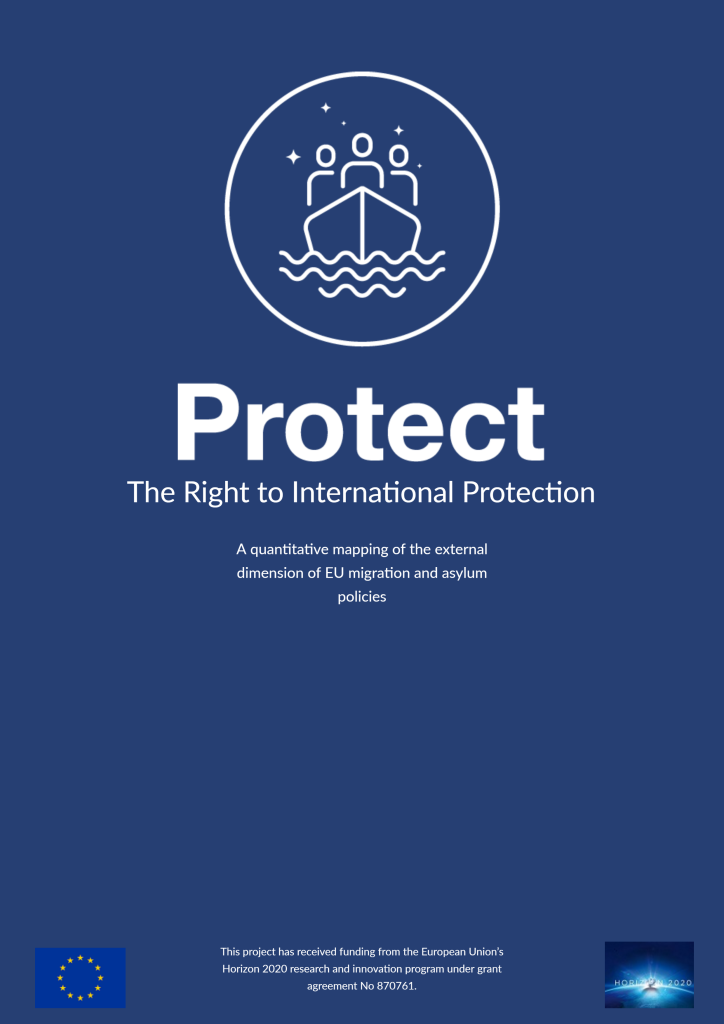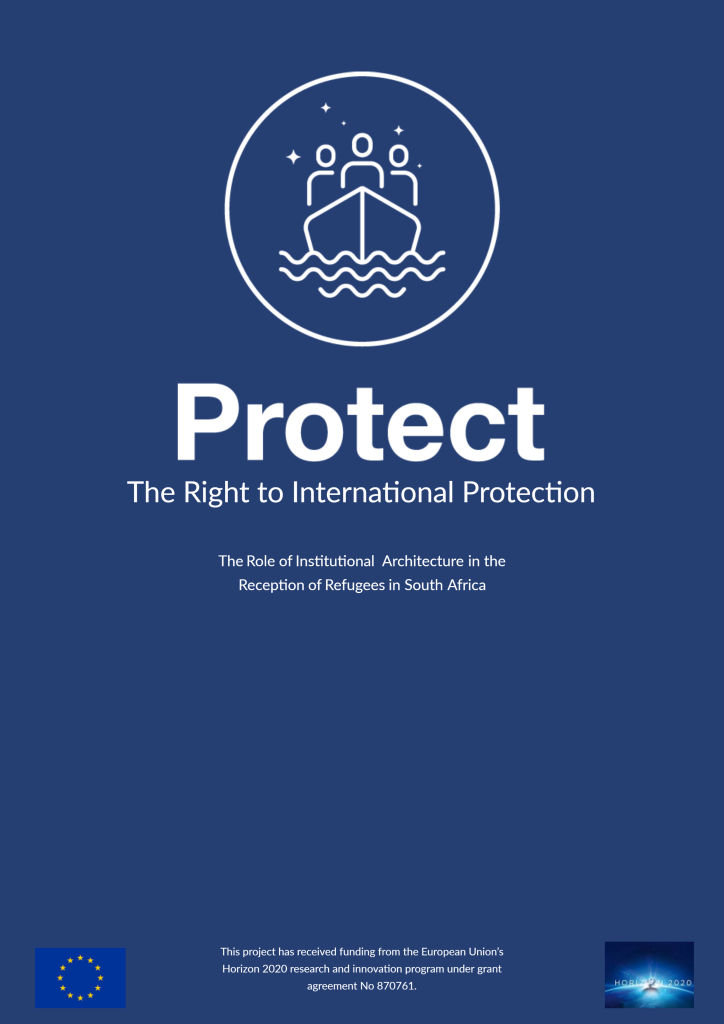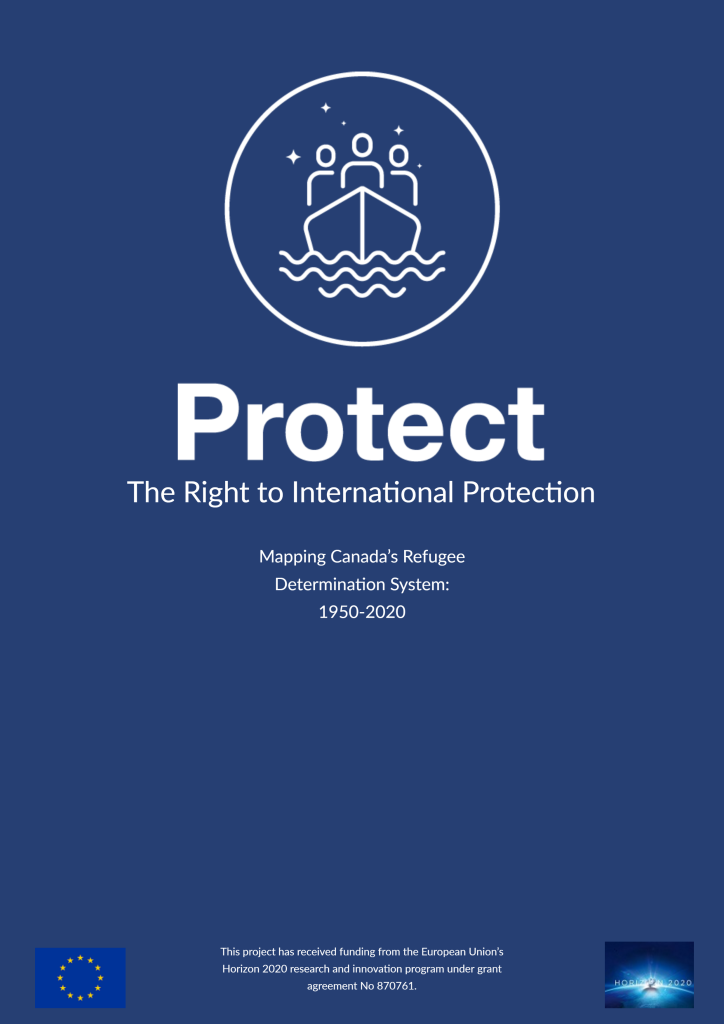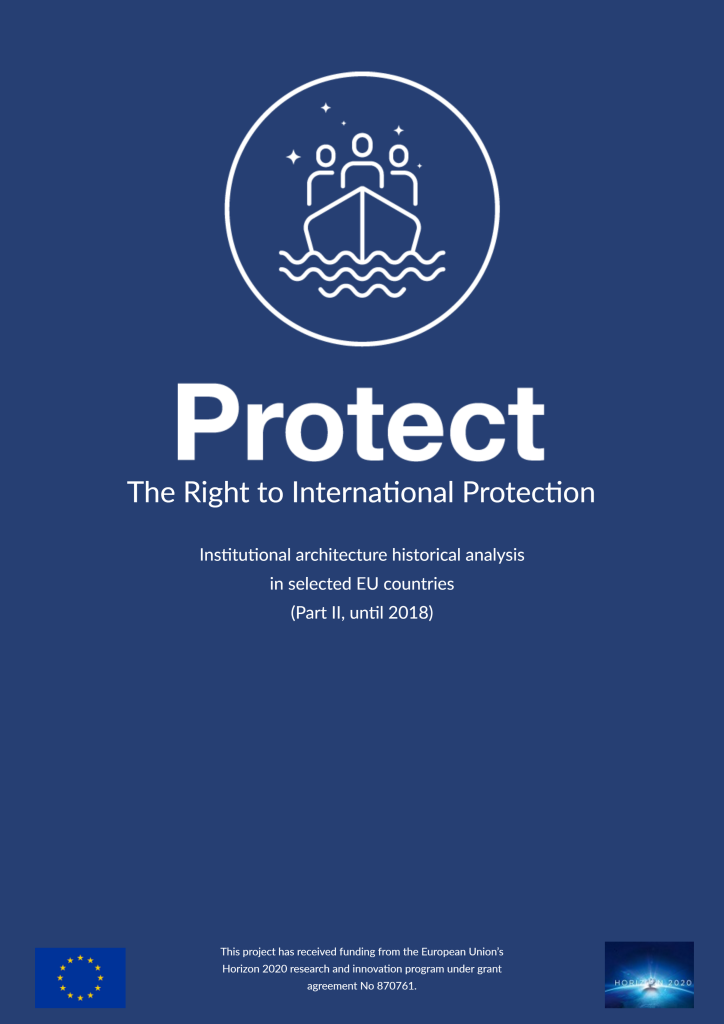The impacts of the GRC and the GMC on the governance of international protection: institutional architectures of asylum determination
The fact that different states deploy correspondingly different institutional architectures and procedures to determine asylum is widely known. WP3 maps these differences in PROTECT’s main settings – the EU, Canada, and South Africa –, including by historical and statistical examination, and assesses which ones are the most conducive to the enforcement of human rights and the right to international protection. While the Global Compacts and the CEAS Reforms do not establish any specific institutional architecture, they act nonetheless as sources implying which kinds of institutional reforms are recommendable, based on their own wording and internal principles as well as on the best practices located as a result of the WP3 comparative analysis. With respect to this goal, the involvement of civil society, courts, governments, and international organizations in asylum assessment or the lack thereof are of special interest, as they can bear effects of the working of political cleavages.
Watch WP co-leader Professor Frank Caestecker present WP3:

Work Package 3 is co-lead by the Ghent University and the University of Bergen.
> Read more about the Ghent team


